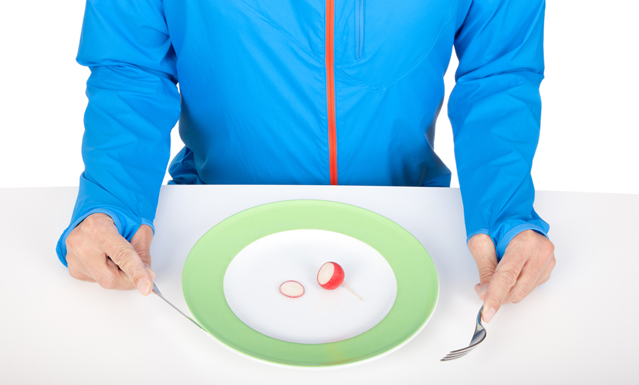Yes. Here’s why:
Published in 2002 by , the original is based on the foods our ancestors ate 2.6 million to 10,000 years ago. Back then, agriculture had not yet been invented, so people did not eat refined sugar or grains. Hunter-gatherers existed on lean meats, fruits, vegetables, and nuts, says Cordain, and they enjoyed a life free from illnesses plaguing modern society, like Type 2 diabetes.
However, Paleolithic men and women didn't have anything like the energy demands of a modern endurance athlete. While Cordain says Paleolithic men and women were active, walking five to 10 miles a day, their activity was mostly done at low-intensity, and they enjoyed several rest days after a big kill. The modern endurance athlete may work out for 10 or more hours per week at relatively high intensities, making the original Paleo Diet impractical for fueling their performance.
“If the athlete was training an hour or less per day, especially if it was all aerobic activity, then the Paleo diet as Dr. Cordain describes it in his books would work fine,” says , an endurance sports coach who has trained amateur and pro athletes since 1980. “Beyond such training, especially in the two hour-per-day range and greater, it becomes more difficult to recover by eating a Paleo diet.”
The problem? Athletes need carbohydrates before, during, and after workouts lasting longer than an hour in order to fuel their effort. Sufficient carbs are also needed to restock glycogen stores when they’re done. When the body runs out of carbs, it starts breaking down muscle for fuel, negatively affecting performance.
Cordain recognized this problem, so he teamed up with Friel to publish in 2005. This diet allows athletes to deviate from the original diet by eating non-Paleo carbs, including pasta, bread, bagels, rice, and cereal, within prescribed time windows surrounding a training session. Is this modified Paleo Diet the optimal nutritional prescription for performance? One of our guys put it to the test and found it left him tired and hungry. (Read about his experience here.)
The bottom line: You can’t perform your best as an endurance athlete without enough carbs. While the original Paleo Diet will likely hurt your performance, the Paleo Diet for Athletes might give you enough of a sugar rush to get by, if you must eat Paleo.


